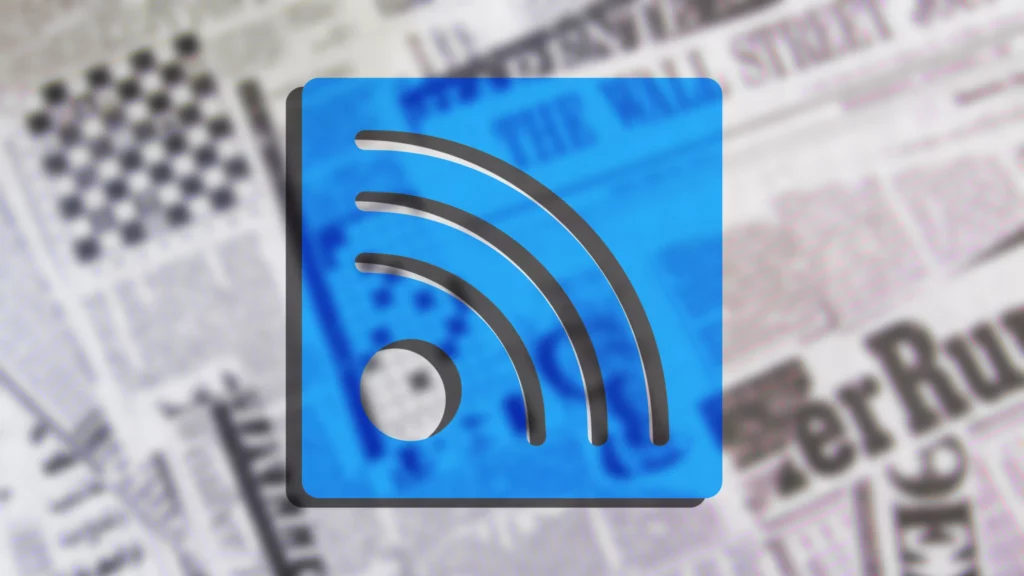
How (and why) to start using an RSS reader for news again
Imagine having a single app to keep up with your favorite news sources, YouTube channels, newsletters, and blogs, all in an easy-to-read format with no social media algorithms deciding what you see. That’s the idea behind RSS, a 25-year-old open standard for syndicating content from around the web.
Using an RSS reader app, you can create your own custom feeds for news and information, accessing them all through a clutter-free, reader-friendly view. While RSS may not be as mainstream as other methods of consuming online content, I’ve found myself returning to it as one of the most empowering ways to control your online content consumption.
The key is finding the right setup to make RSS work for you. After experimenting with different options, I’ve landed on using Feedbin instead of more feature-heavy alternatives like Feedly or Inoreader. Feedbin’s focus on a great reading experience sets it apart from its competitors. The app boasts a minimalist menu system, nice fonts, and excellent article formatting.
One potential obstacle to adopting an RSS reader is the initial setup process. To get started, you’ll need to find the RSS feed URLs for your desired sources. This can be done by searching online or using a browser’s “View page source” function. Once you have these URLs, it’s simply a matter of adding them to your chosen RSS reader.
While some users may be turned off by the idea of manually curating their own content streams, I believe this very process is what makes RSS so empowering. By taking control of your online reading experience, you’re no longer at the mercy of social media algorithms or other third-party interests. You can access a wide range of content without having to wade through irrelevant posts or sponsored articles.
In fact, it’s precisely because RSS allows for this level of control that I believe it will continue to thrive in an era where online disinformation and manipulation are increasingly prevalent.
Source: www.fastcompany.com


